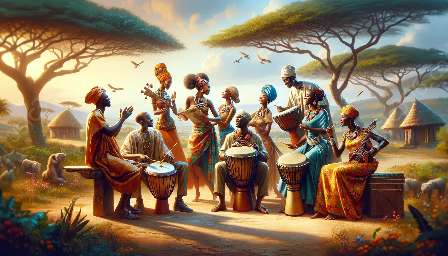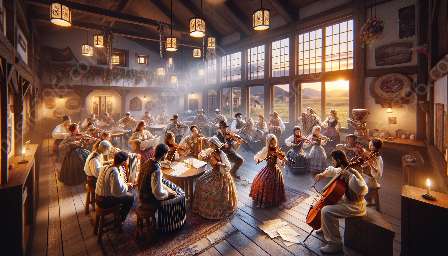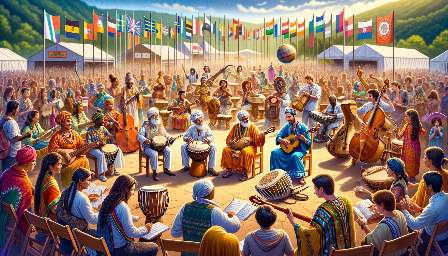Gypsy music, also known as Romani music, is a vibrant and diverse musical tradition that has captivated audiences around the world with its rich history, unique instruments, and compelling rhythms and melodies. In this comprehensive guide, we will explore how Gypsy music differs from other genres of world music, delving into its distinct characteristics, cultural influences, and regional variations.
The Unique Characteristics of Gypsy Music
Gypsy music is known for its fusion of diverse musical elements, reflecting the nomadic lifestyle and diverse cultural influences of the Romani people. One of the key features of Gypsy music is its passionate and emotionally expressive nature, often characterized by intricate ornamentation and improvisation. The music encompasses a wide range of genres, including traditional folk songs, lively dance tunes, and soulful ballads, each with its own distinct flavor and regional variations.
The melodic and rhythmic patterns in Gypsy music are often influenced by the traditional music of the regions where Romani communities have settled, resulting in a rich tapestry of musical styles that reflect the cultural diversity of the Romani people. This unique blend of influences gives Gypsy music its distinct sound and identity, setting it apart from other genres of world music.
Instruments and Performance Traditions
Another defining aspect of Gypsy music is its use of traditional instruments that are integral to the sound and spirit of the music. These instruments vary across different Romani communities and may include the violin, accordion, clarinet, cimbalom, and various percussion instruments. The virtuosic performances of these instruments are central to the vibrant and dynamic nature of Gypsy music, often featuring intricate ornamentation, rapid tempos, and dazzling improvisation.
Gypsy music is also deeply rooted in oral tradition, with a strong emphasis on live performances and communal music-making. It is often performed in a social setting, such as weddings, festivals, and other celebratory occasions, where the music serves as a unifying force that brings people together in joyous celebration. The interactive and participatory nature of Gypsy music distinguishes it from other genres of world music, fostering a sense of community and shared cultural heritage.
Cultural Influences and Regional Variations
Gypsy music has been shaped by a diverse array of cultural influences, reflecting the migrations and interactions of Romani communities across different parts of the world. The music has integrated elements from various musical traditions, such as Eastern European folk music, flamenco from Spain, and Hindustani classical music from India, resulting in a rich and multifaceted musical heritage that defies easy categorization.
Regional variations in Gypsy music further contribute to its diversity, with distinct styles emerging in different geographical regions, each reflecting the unique cultural contexts and musical traditions of the local Romani communities. For example, the fiery and passionate flamenco-influenced Gypsy music of Spain contrasts with the haunting and lyrical melodies of Eastern European Romani music, showcasing the breadth and depth of the musical traditions within the Gypsy music umbrella.
Conclusion
In conclusion, Gypsy music stands out as a captivating and multifaceted musical tradition that embodies the resilience, creativity, and cultural richness of the Romani people. Its unique characteristics, diverse instruments, and fusion of cultural influences distinguish it from other genres of world music, offering a compelling insight into the complex and vibrant musical heritage of the global Romani community.










































